HEAITH & BEAUTY
Best Sunscreen Practices, Common Sunblock Mistakes, Facts About Sunscreen, Guard Yourself Against UV Ray Damage, Healthy Skin in Summer, How to Prevent Sun Damage, Protecting Skin from UV Rays, Safe Way to Get a "Base Tan", Skin Health and Sun, Skincare Routine for Sun Exposure, SPF Myths Explained, Summer Skincare, Sun Protection Myths, Sun Safety for All Skin Types, Sun Safety Tips, Sun-Protective Accessories, Truth About Sunburn, UV Protection Guide
admin
0 Comments
“Ultimate Guide to Sun Protection: 7 Myths You Need to Stop Believing”
Sun Protection
Sun protection is crucial to maintaining healthy skin and preventing serious health issues, such as skin cancer and premature aging. Despite this well-known fact, numerous misconceptions about sun protection still persist. These myths can lead to inadequate protection and increased risks. It’s time to set the record straight by debunking these 7 common sun protection myths.
Myth 1:
You Don’t Need Sunscreen on Cloudy Days
One of the most dangerous misconceptions is that cloudy weather eliminates the need for sunscreen. Many believe that the absence of direct sunlight means less exposure to harmful UV rays, but this couldn’t be further from the truth.
The Reality:
UV Rays Penetrate Through Clouds
Up to 80% of UV rays can penetrate clouds, meaning you’re still exposed to harmful radiation even on overcast days. UVA and UVB rays can cause damage to the skin year-round, so applying sunscreen should be a daily habit, regardless of the weather.
Myth 2:
Higher SPF Equals Total Protection
There’s a widely held belief that a higher SPF number on sunscreen guarantees full protection from the sun’s rays. Some people even think that they don’t need to reapply sunscreen if they use SPF 50 or higher.
The Reality:
SPF Doesn’t Provide 100% Protection
While SPF 50 blocks approximately 98% of UVB rays, no sunscreen can provide complete protection. Additionally, sunscreen needs to be reapplied every two hours or more frequently if you’re sweating or swimming. Relying solely on SPF without reapplication can leave you vulnerable to sun damage.
Myth 3:
Darker Skin Tones Don’t Need Sunscreen
People with darker skin tones often believe they are naturally protected from sun damage and don’t need sunscreen. This myth stems from the fact that melanin provides some level of protection from UV rays.
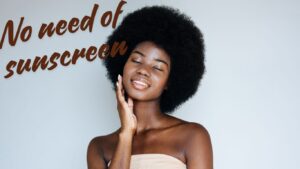
The Reality:
Everyone Needs Sun Protection
Although melanin offers a slight natural defense, it’s not enough to prevent sunburn, skin damage, or even skin cancer. In fact, skin cancer in people with darker skin tones is often diagnosed at a more advanced stage because of the belief that sunscreen is unnecessary.
Myth 4:
You Only Need Sunscreen at the Beach
For many, sunscreen is something to pack for a day at the beach or pool, not for daily life. This myth can lead to chronic sun exposure in everyday settings, increasing the risk of long-term skin damage.
The Reality:
Daily Sunscreen is Essential
UV rays are present every day, not just when you’re lounging by the water. Whether you’re walking to work, running errands, or driving, UV rays can penetrate through windows and reflect off surfaces, exposing your skin to damage. Incorporating sunscreen into your daily routine is essential for long-term skin health.
Myth 5:
Sunscreen Alone is Enough for Sun Protection
Some believe that applying sunscreen is all it takes to stay protected from the sun, ignoring the importance of other protective measures like seeking shade or wearing protective clothing.
The Reality:
Sunscreen is Just One Part of Sun Protection
While sunscreen is a vital tool, it’s only part of a broader sun protection strategy. To reduce your exposure to harmful rays, combine sunscreen with wearing broad-brimmed hats, UV-protective sunglasses, and long-sleeved clothing.looking for shelter between 10 a.m. and 4 p.m. when the sun is at its strongest. further minimizes the risk of damage.
Myth 6:
You Can’t Get Sunburned in the Water
There’s a belief that being in the water, whether swimming or snorkeling, protects you from sunburn. Some assume that the water cools their skin and prevents burning, but this is far from accurate.

The Reality:
Water Reflects UV Rays
Water not only fails to protect you from the sun but actually increases your exposure. UV rays can reflect off the surface of the water, hitting your skin from multiple angles. This makes it even more important to apply water-resistant sunscreen and reapply it often, especially after swimming.
Myth 7:
Tanning Beds Are a Safe Way to Get a “Base Tan”
Many people believe that getting a “base tan” in a tanning bed will protect them from sunburn when they eventually go out in the sun. They see tanning as a form of gradual protection, but this idea is highly misleading and dangerous.
The Reality:
Tanning Beds Are Not Safe
Tanning beds emit UVA rays, which penetrate deep into the skin and cause long-term damage. Even though UVA rays don’t cause the immediate burning associated with UVB rays, they significantly increase the risk of skin cancer and accelerate the aging process.
How to Guard Yourself Against UV Ray Damage
Now that we’ve debunked these common sun protection myths, it’s important to highlight what you can do to protect yourself:
Apply Broad-Spectrum Sunscreen Daily:
Choose a sunscreen that protects against both UVA and UVB rays, and ensure it has an SPF of at least 30.
Reapply Every Two Hours: Reapply sunscreen every two hours, and even more frequently if you’re sweating or swimming.
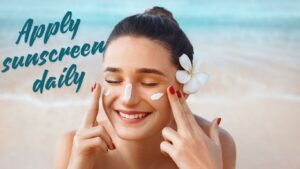
Use Sun-Protective Accessories:
Hats, sunglasses, and clothing designed for UV protection can provide additional barriers against the sun.
Seek Shade:
Limit your time in direct sunlight, especially during the peak hours when UV rays are strongest.
Stay Educated:
Keep yourself informed about sun safety, and make sun protection a year-round commitment.
Conclusion:
Debunking Sun Protection Myths
Understanding the reality behind these sun protection myths is crucial for keeping your skin safe from harm. By applying sunscreen daily, wearing protective clothing, and seeking shade, you can significantly reduce your risk of sunburn, skin damage, and cancer. Don’t let these myths guide your behavior—proper sun protection is essential for everyone, regardless of skin type, weather conditions, or location.
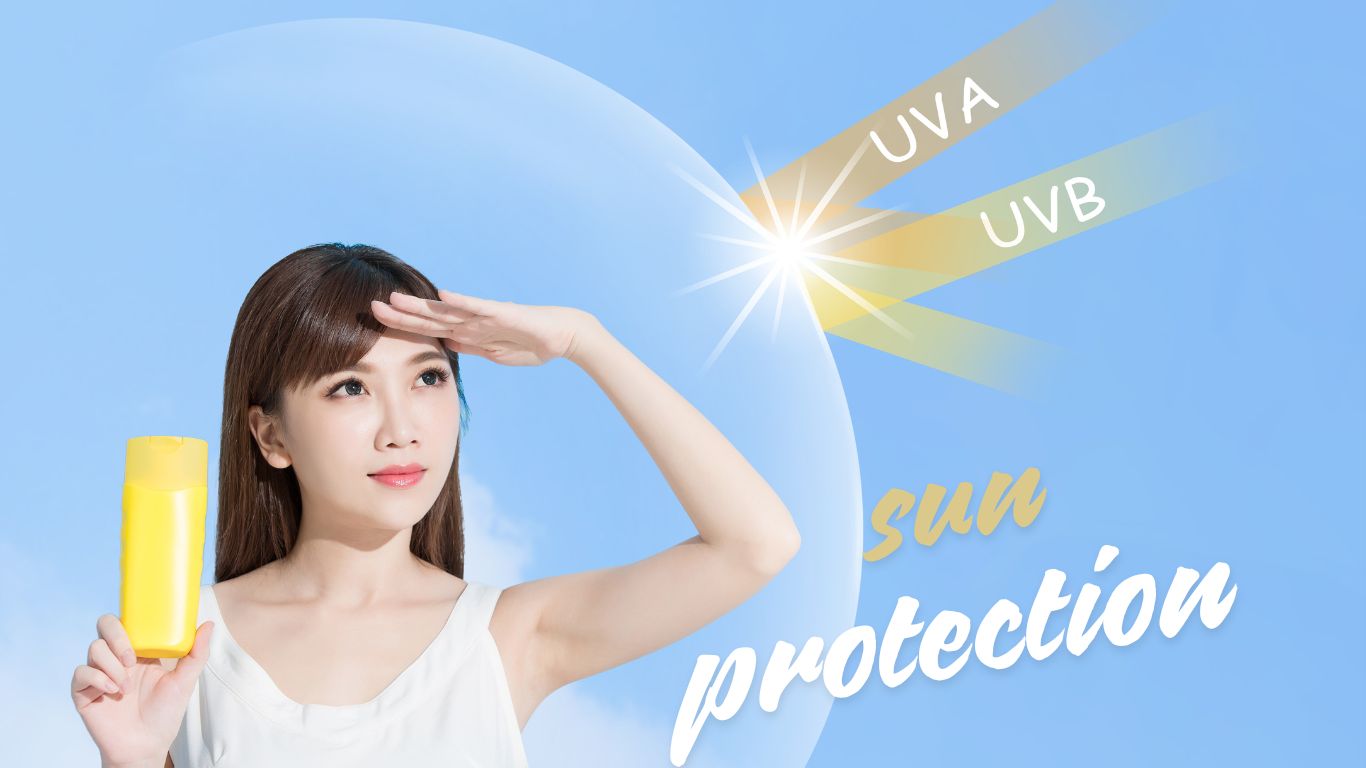

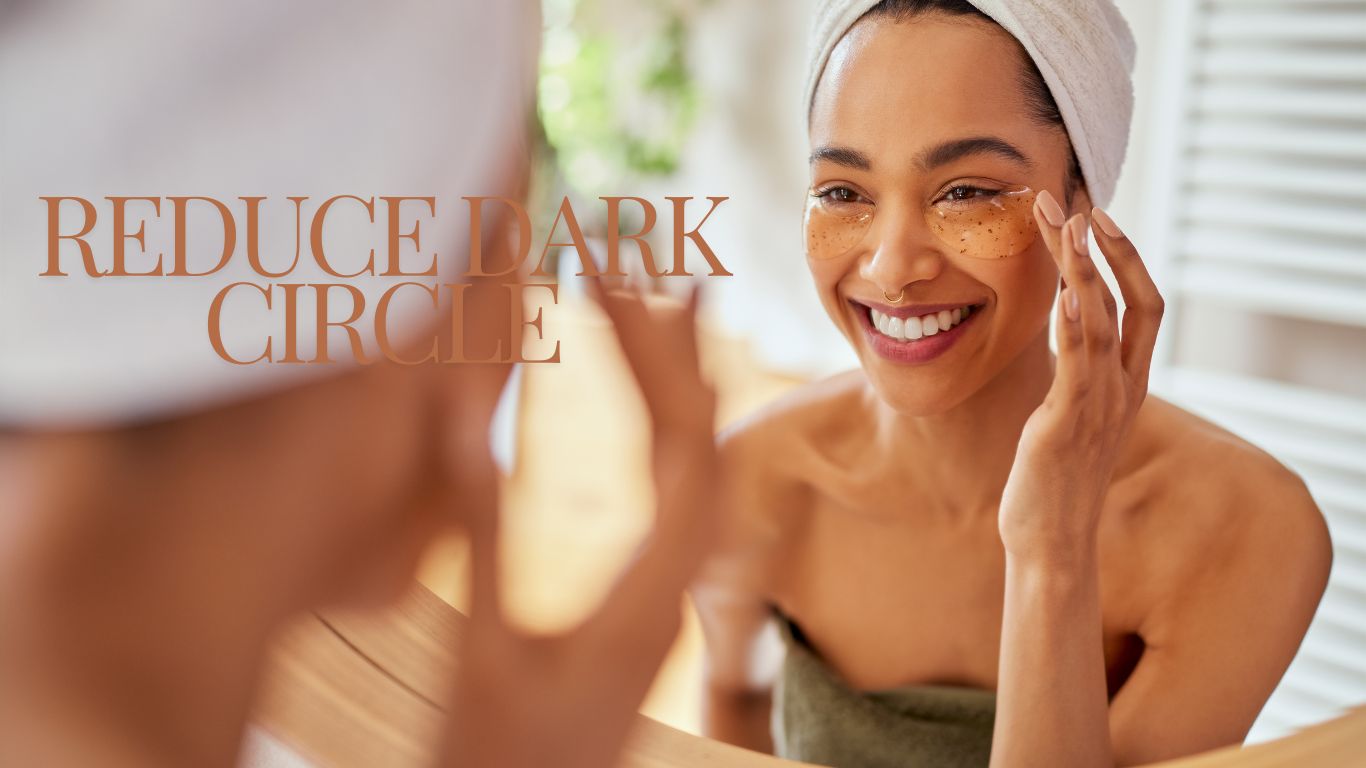
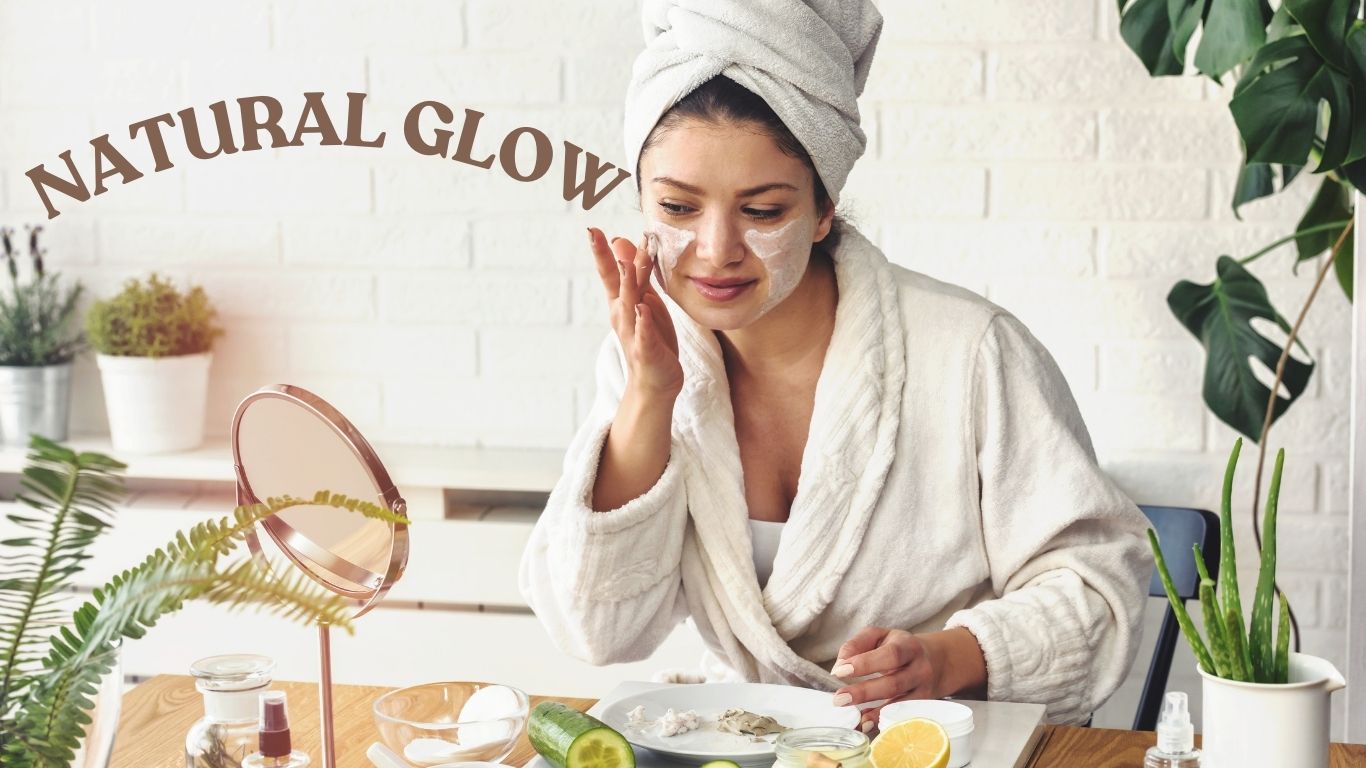
Post Comment